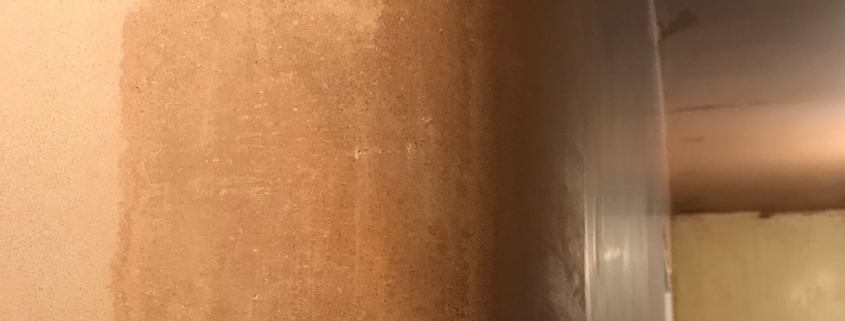Plastering works
The first stage of finishing works in the building is plastering. However, it is necessary to start them only if the work related to the installation of partitions, bricklaying, installation of pipelines and other installation and construction work has been completed.
Plaster is a finishing layer located on the surface of various structures and structures, which gives a certain shape and texture to surfaces.
Plaster protects the building from the effects of atmospheric precipitation, and also provides additional protection against fire. Rooms finished with plaster are more hygienic and warm. As a rule, plaster is divided into acoustic, decorative, heat-protective, etc.
Depending on the type of surface, different types of plaster are used. Wet plaster is used mainly for finishing concrete surfaces and brick walls. Dry plaster is usually used when plastering stone surfaces. In the process of finishing stone surfaces, sheets of dry plaster are glued with special mastics. Mastics are applied on the base in the form of adhesive beacons and stamps. Dry plaster is attached to wooden coverings with the help of tar nails. Wet plaster for wooden surfaces is made of gypsum-lime mortar. In most cases reinforced plaster is used, as it has a higher mechanical strength.
According to the quality of finishing, there are three types of plaster: simple, improved and high-quality. Each of the listed types are used in a specific area. Simple plaster is most often used in non-residential premises. Improved plaster, as a rule, is used in residential premises and public buildings. Decorative paints are used only with high-quality plaster and have quite high requirements for surface finishing.


